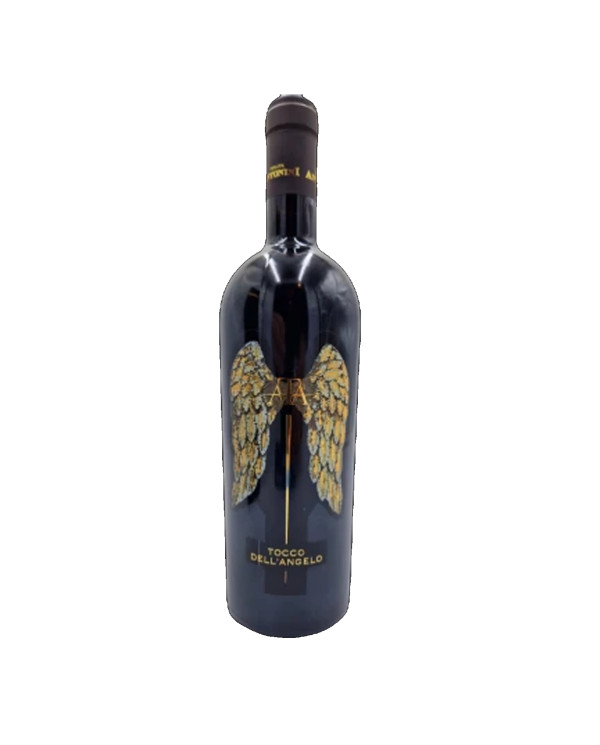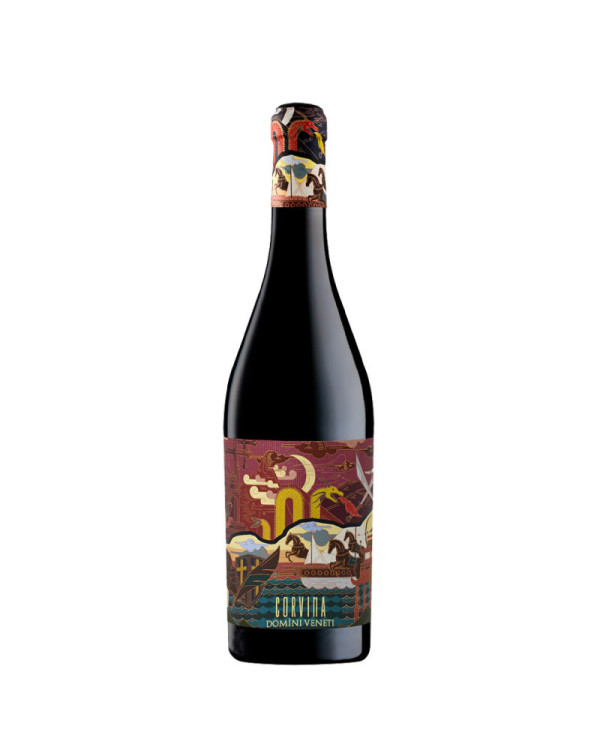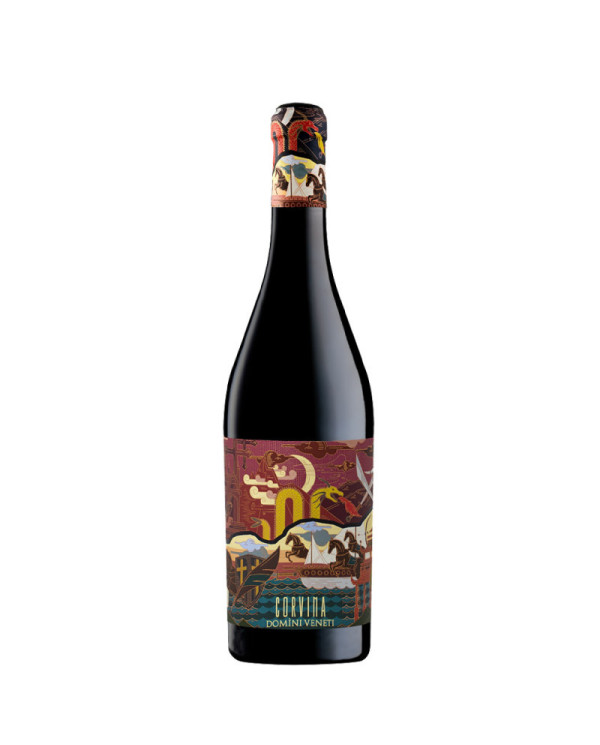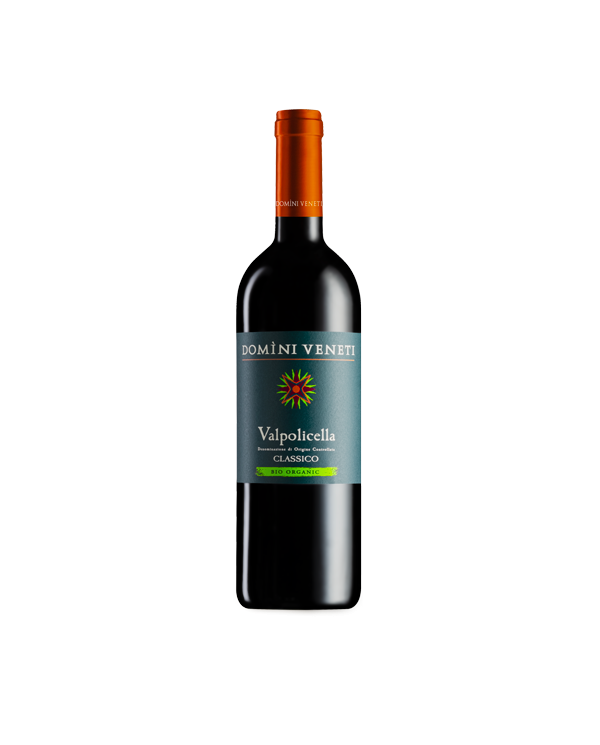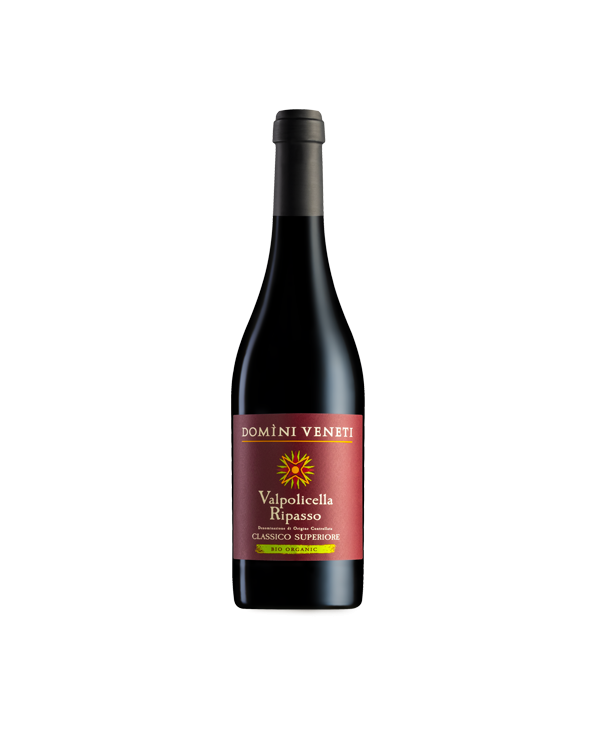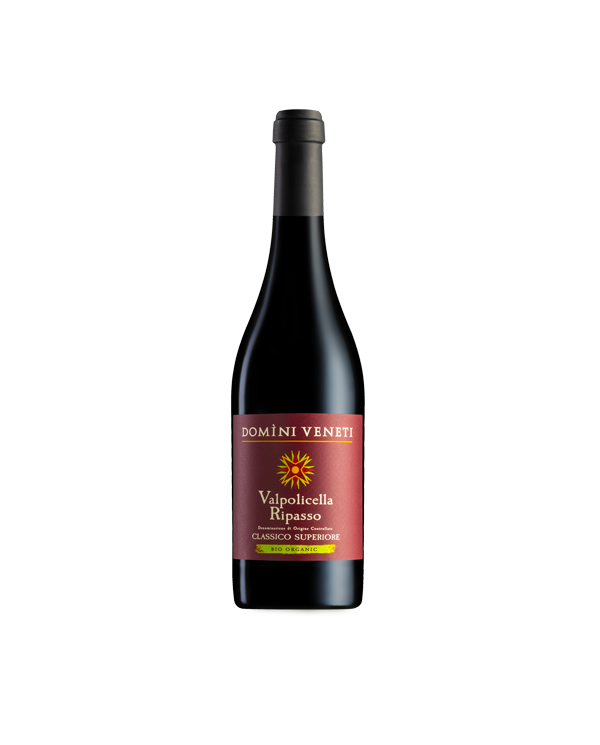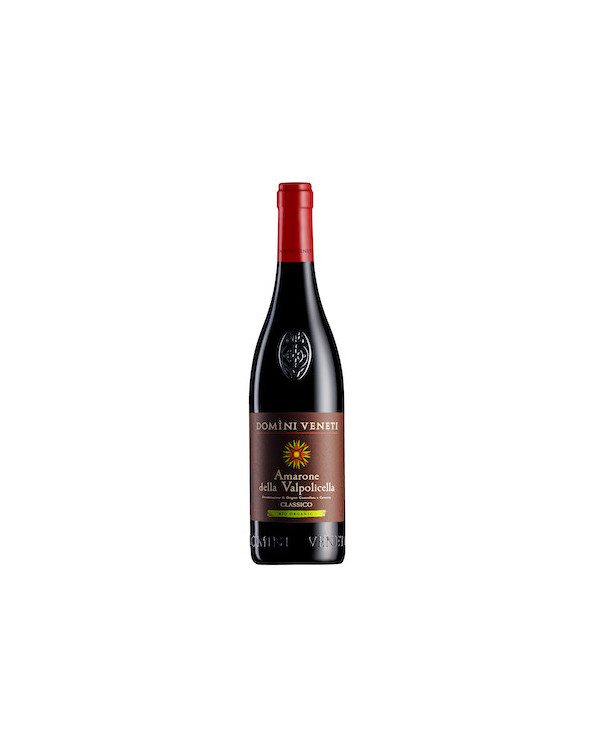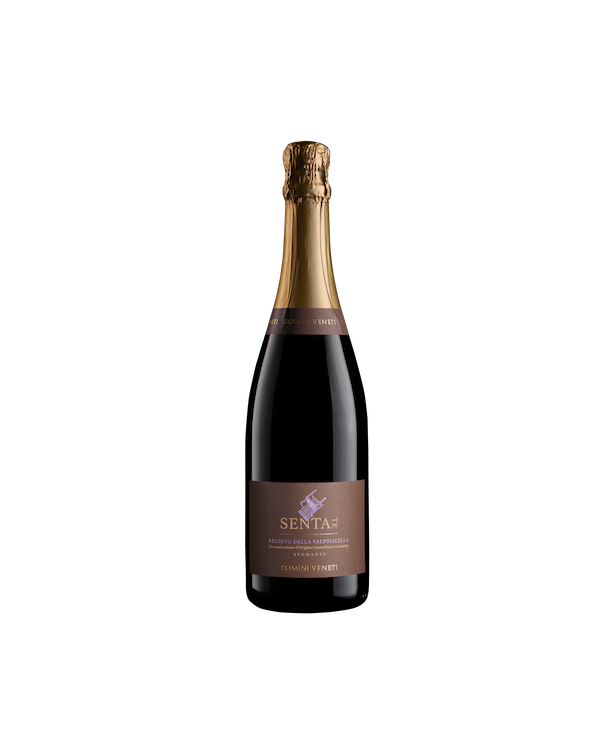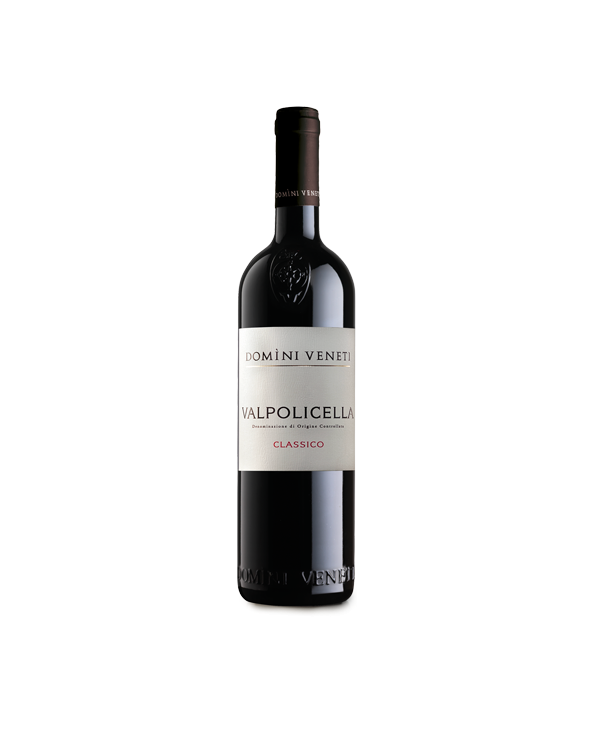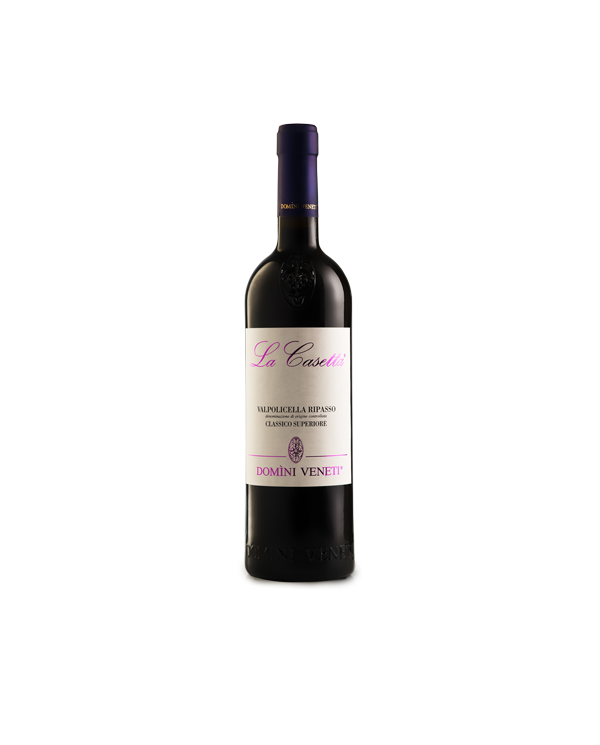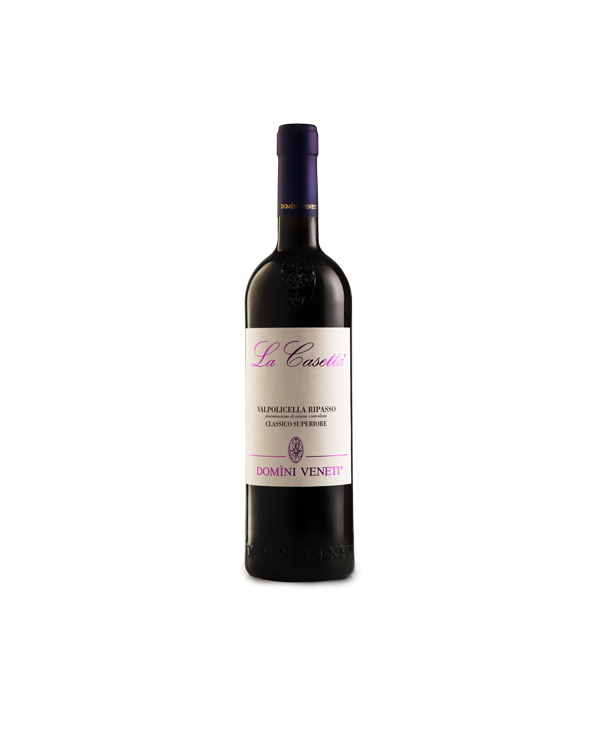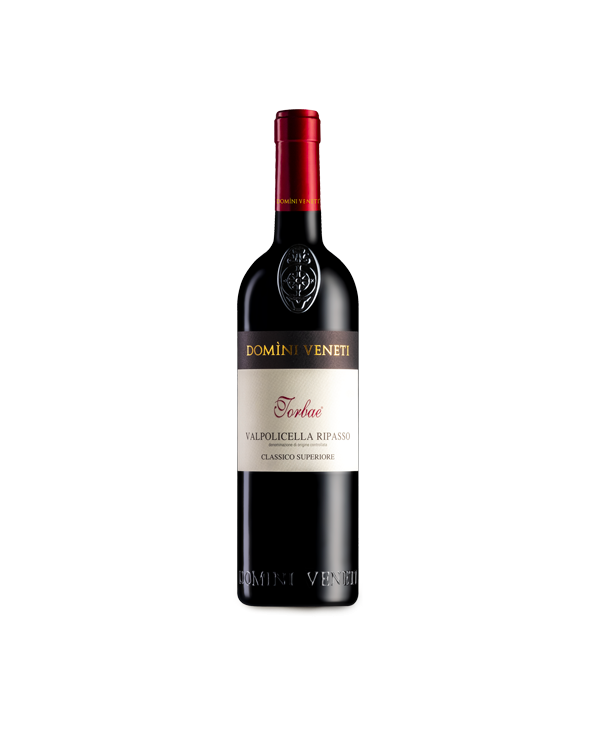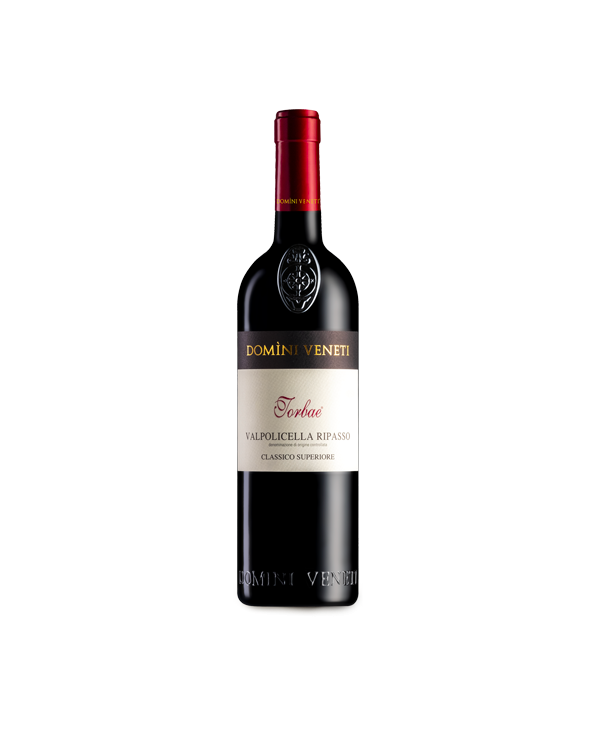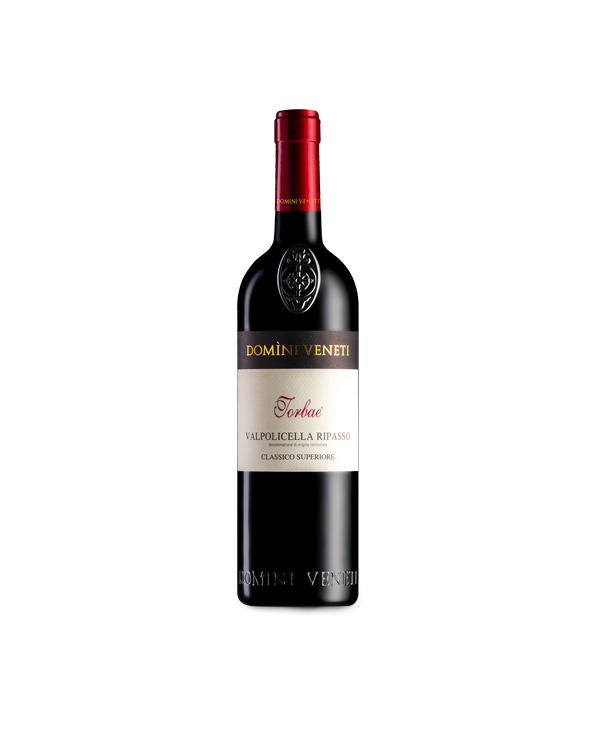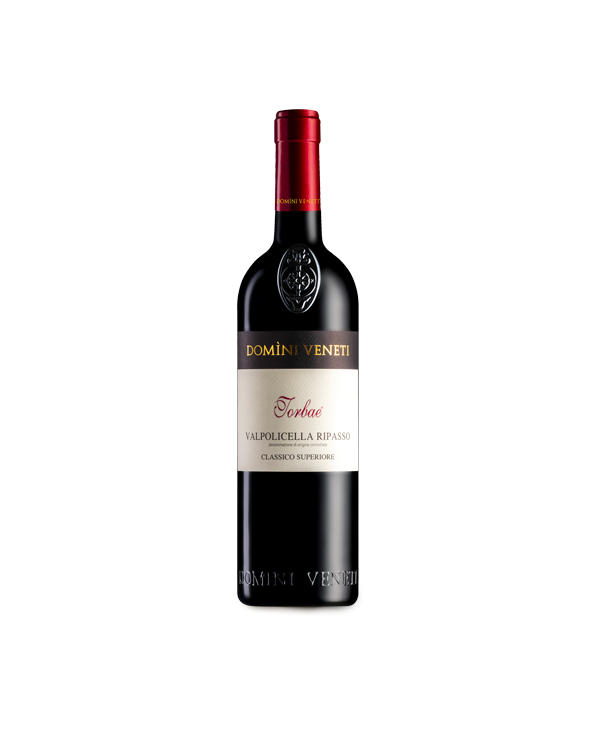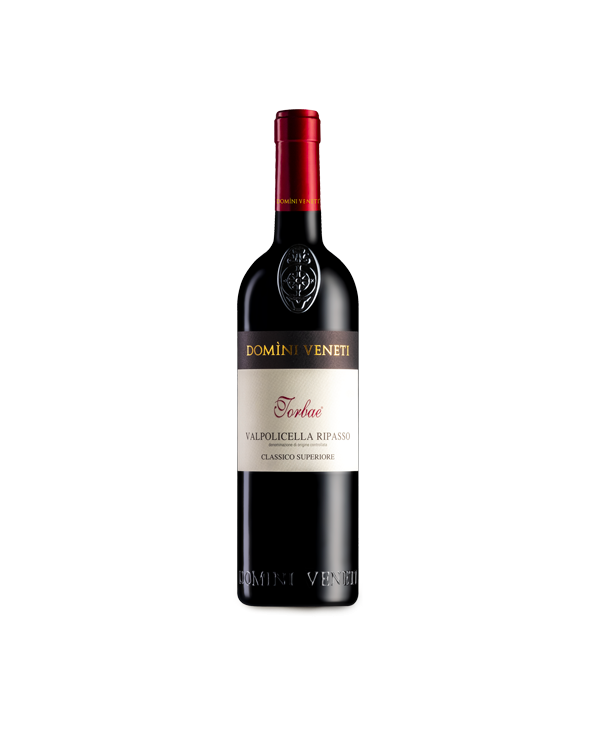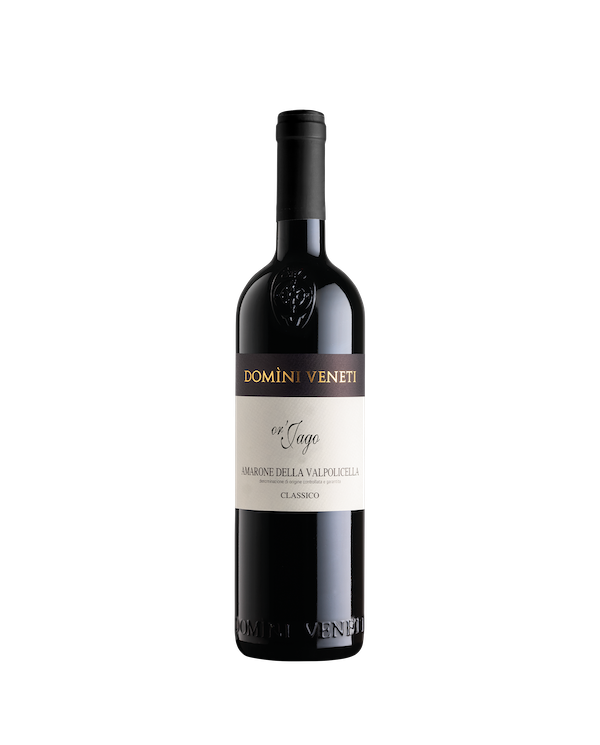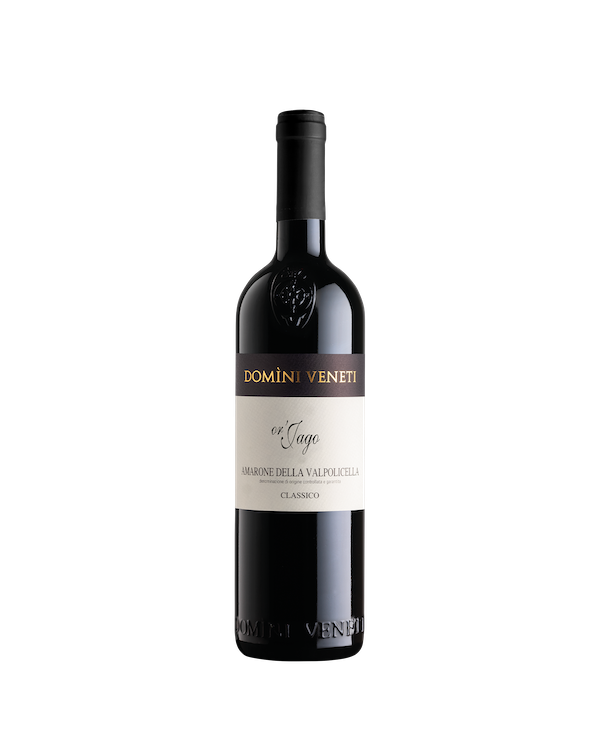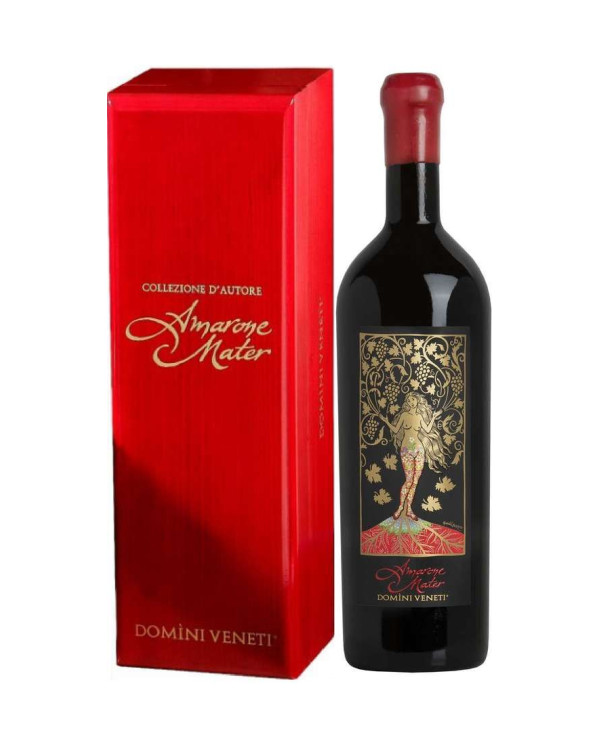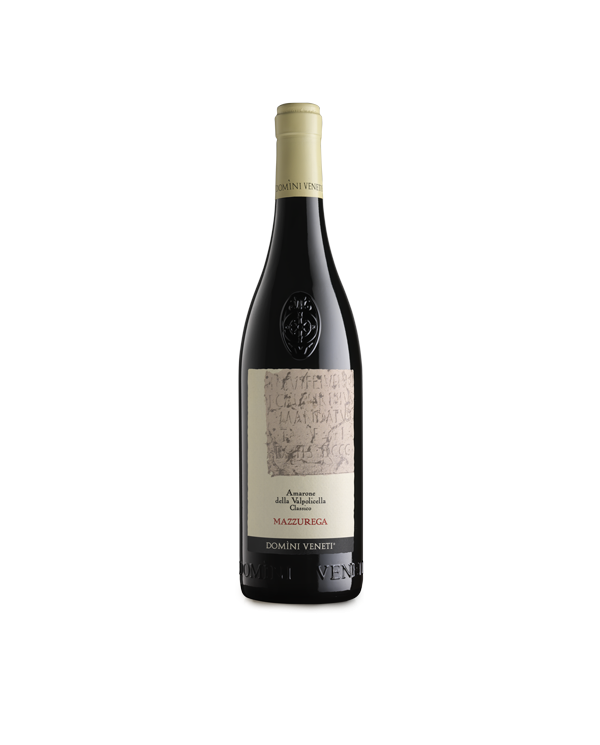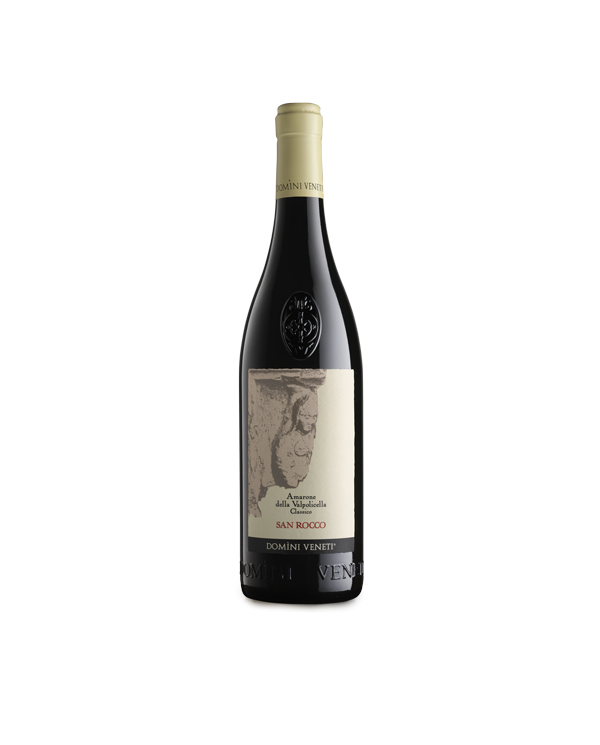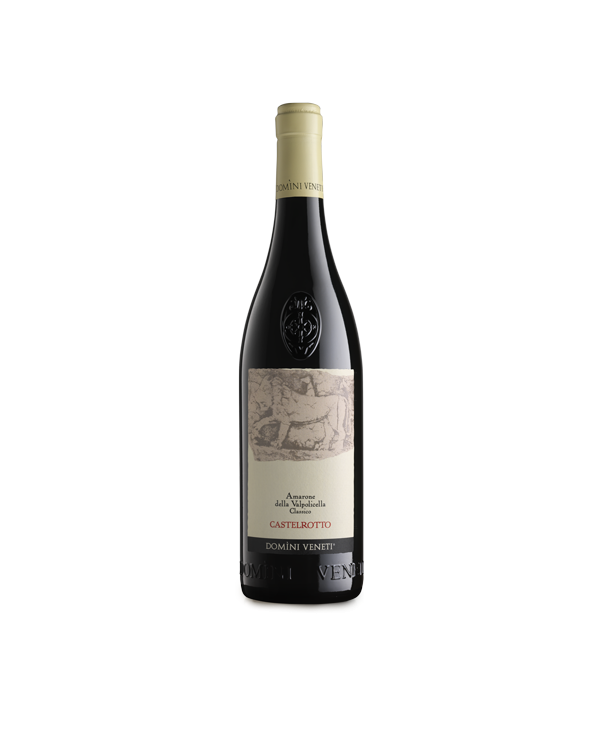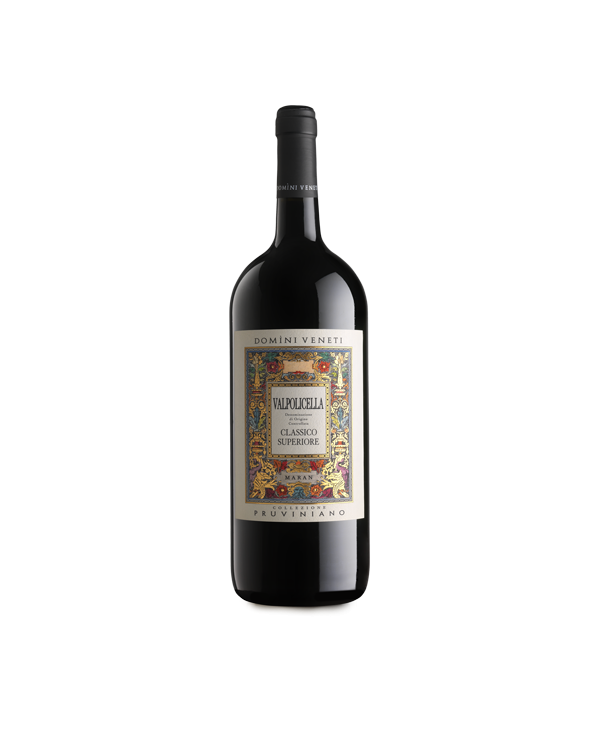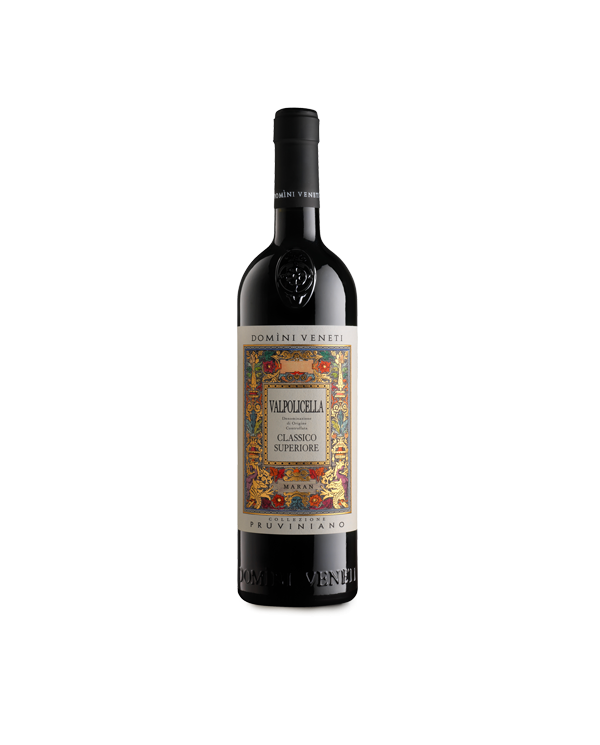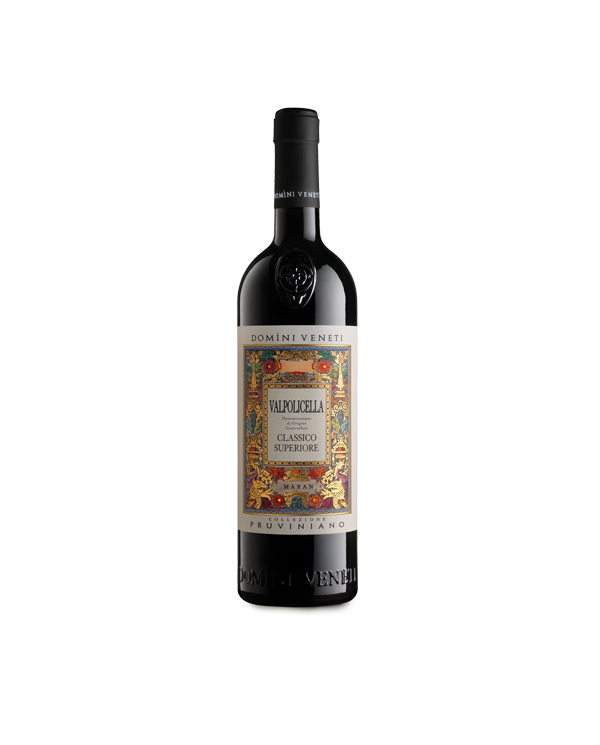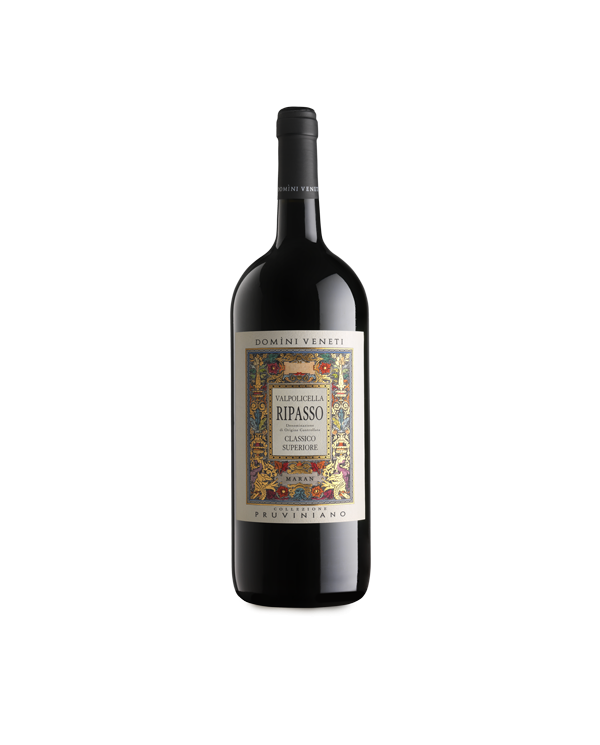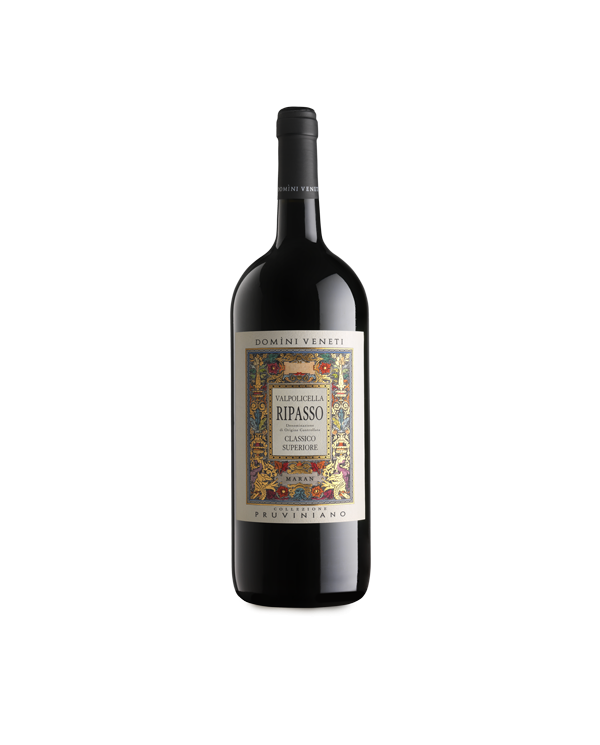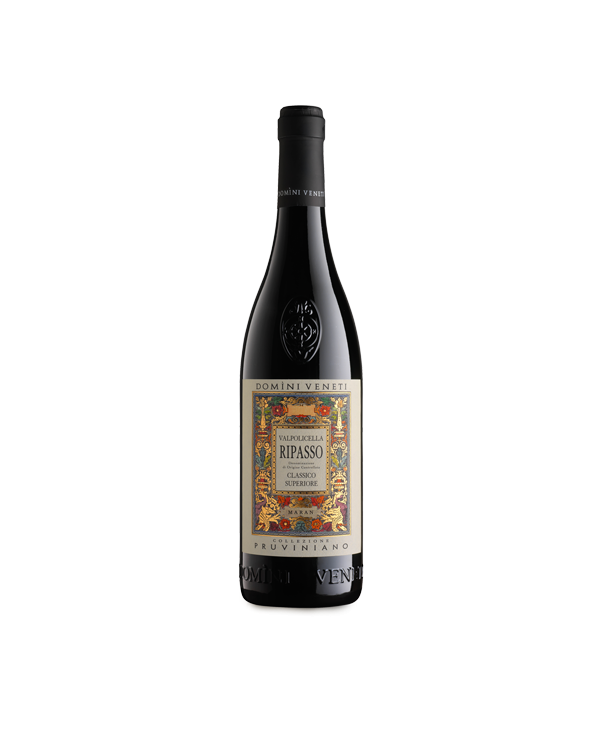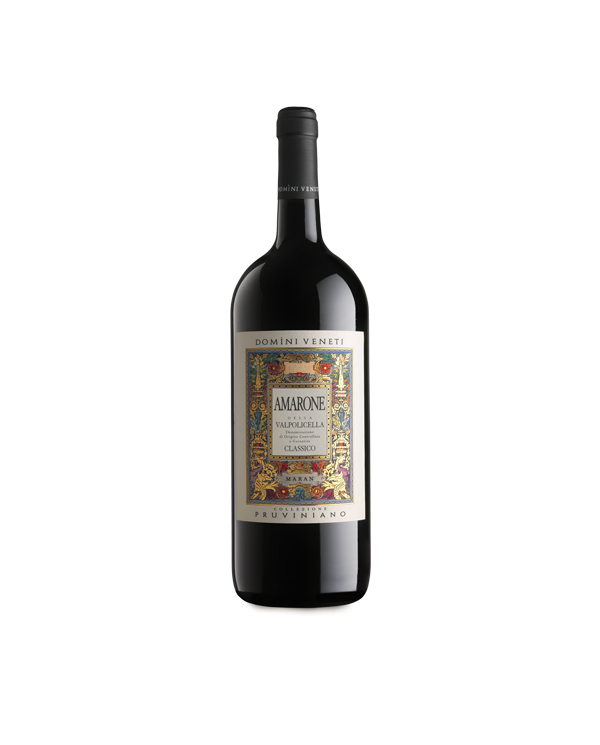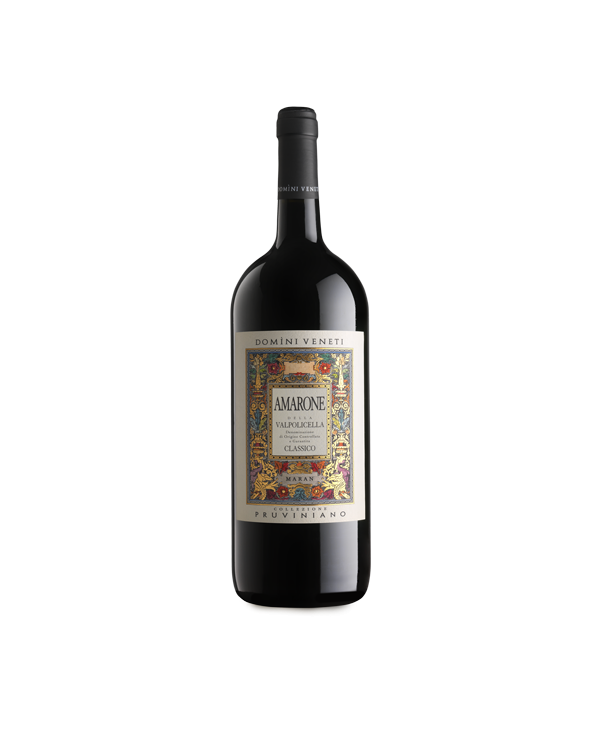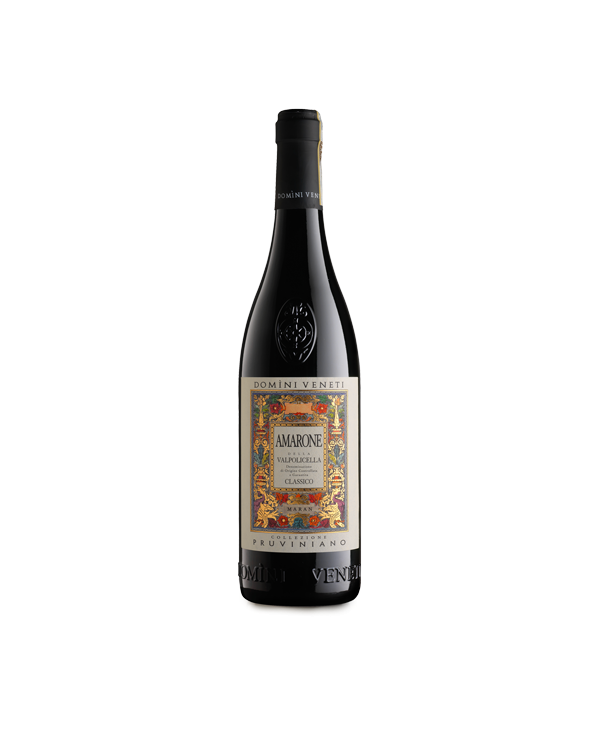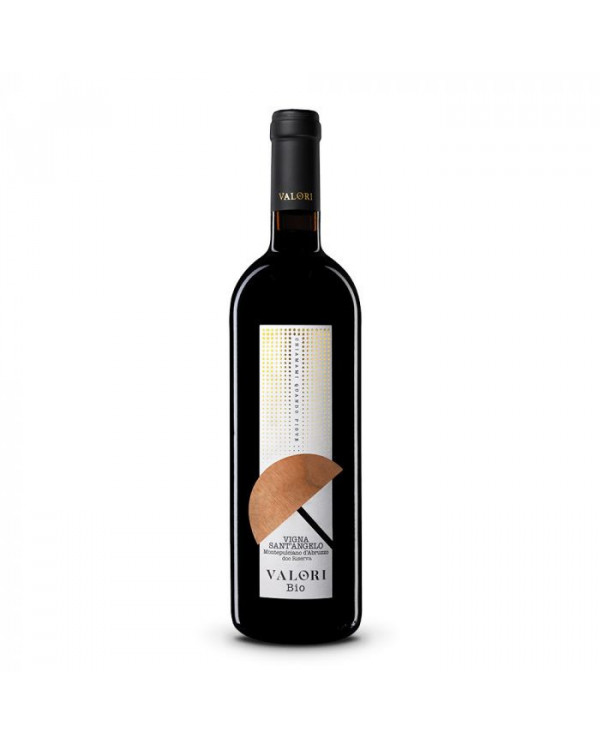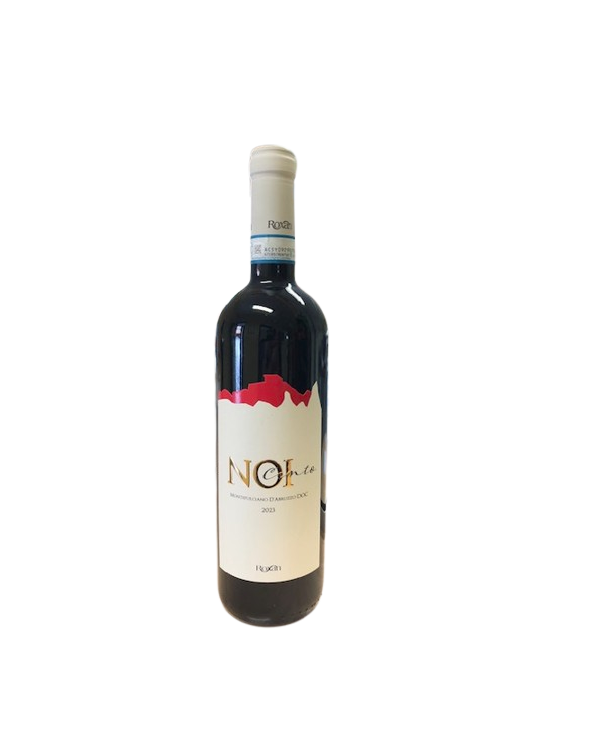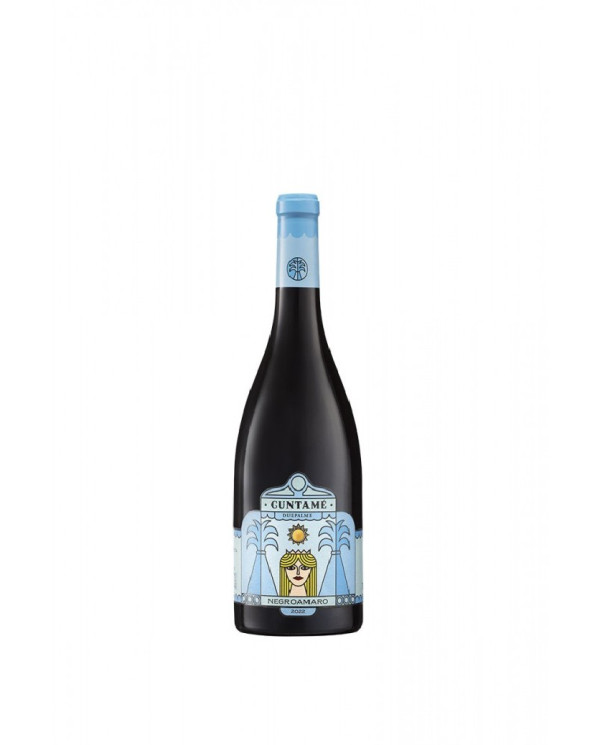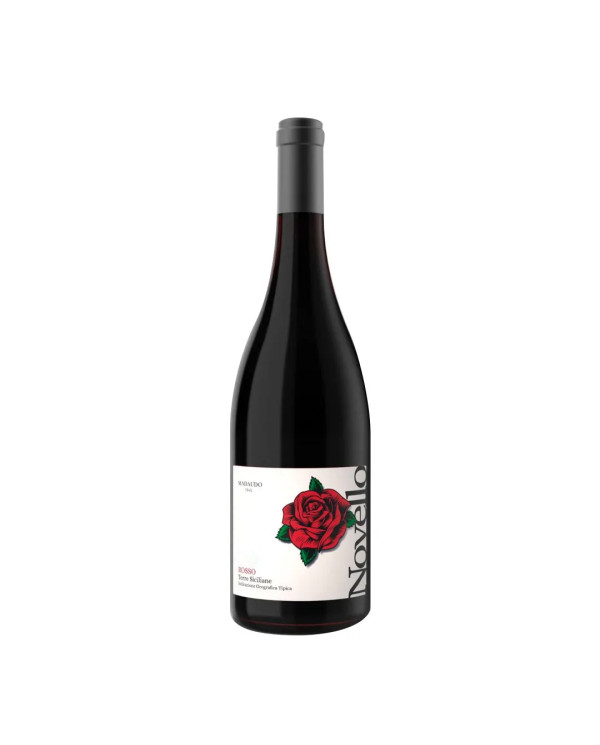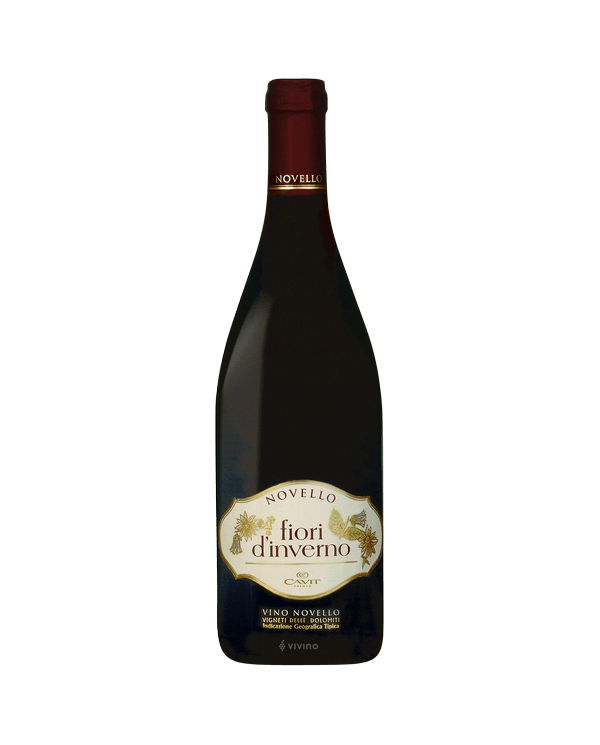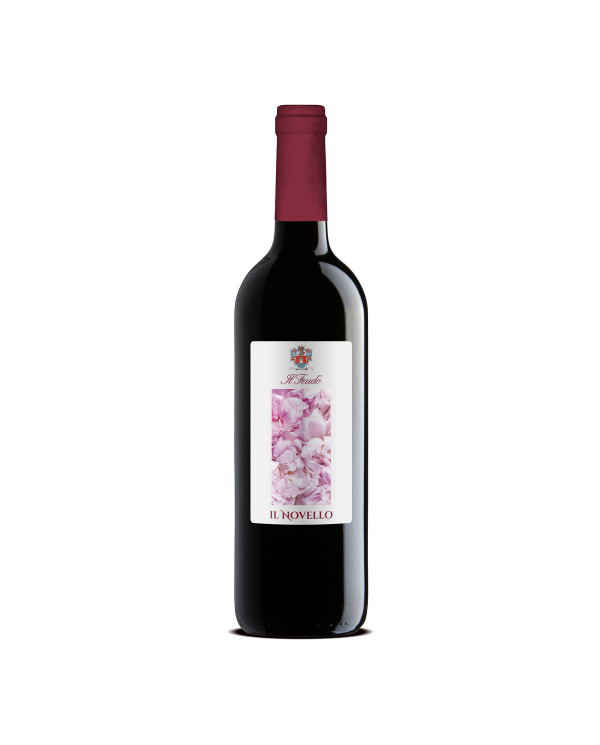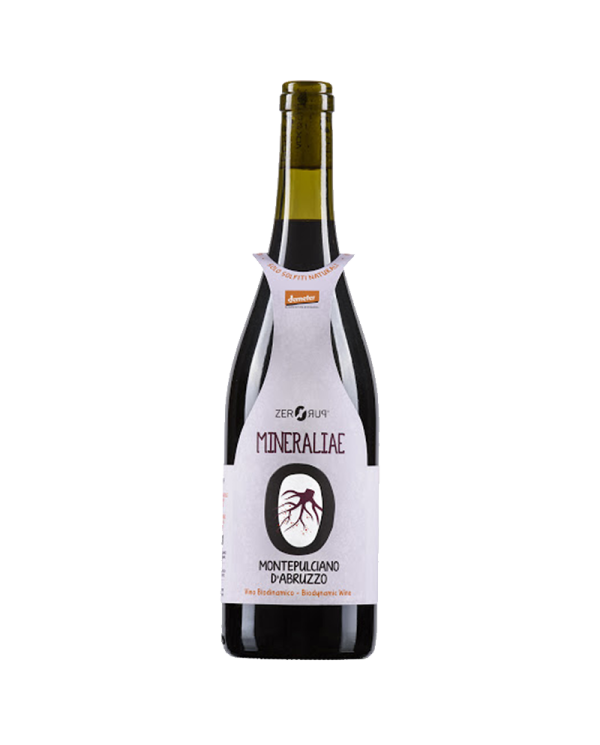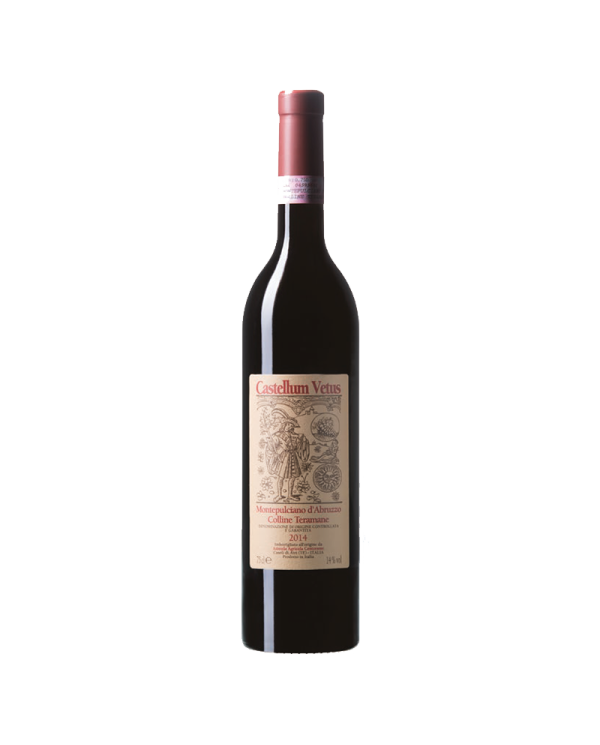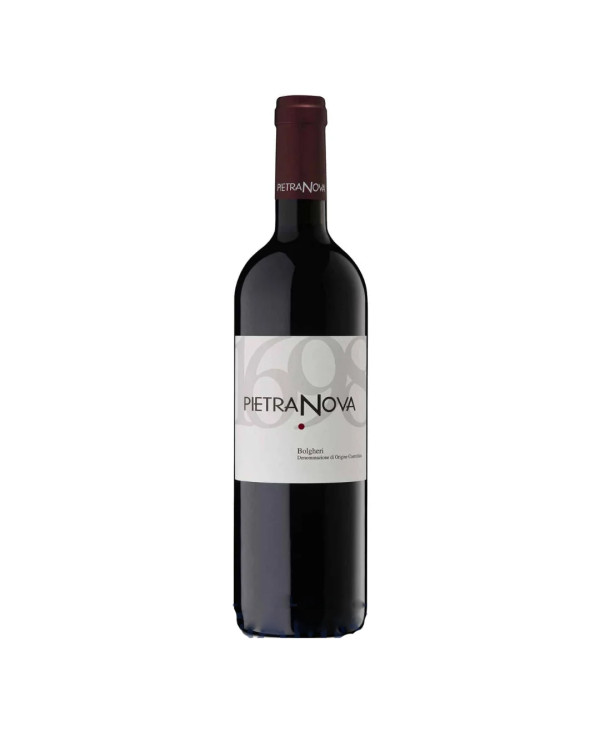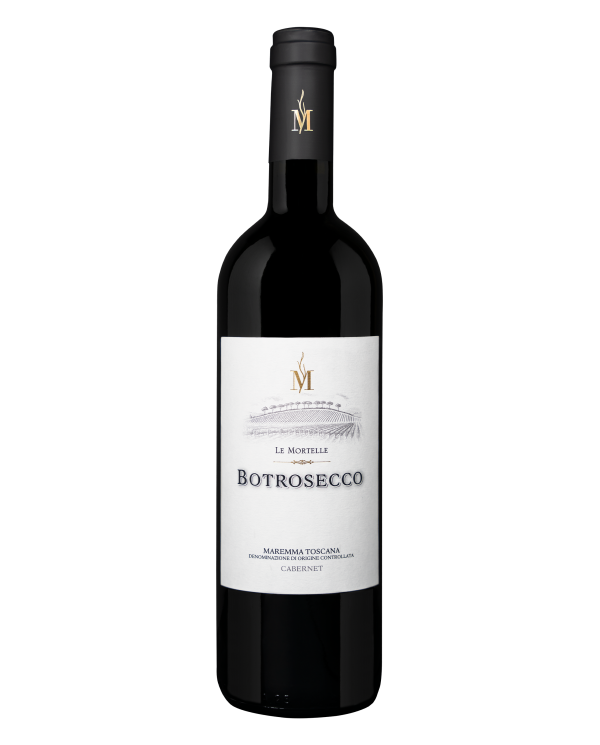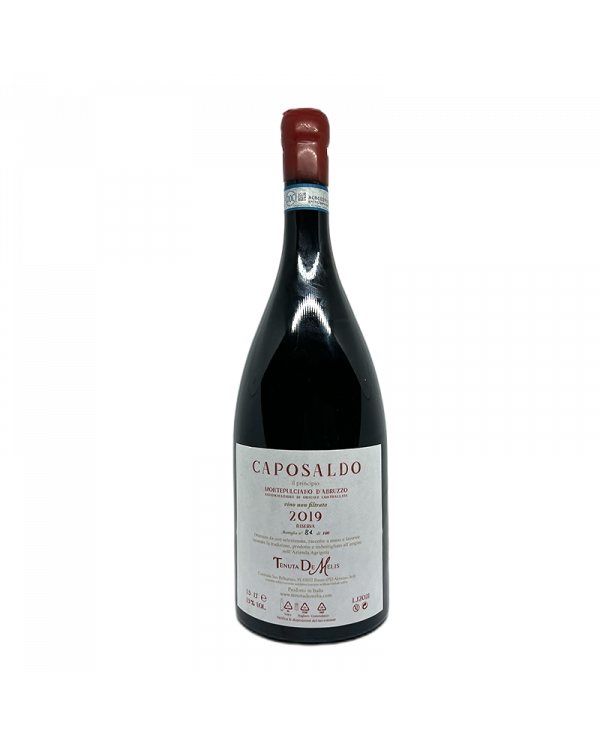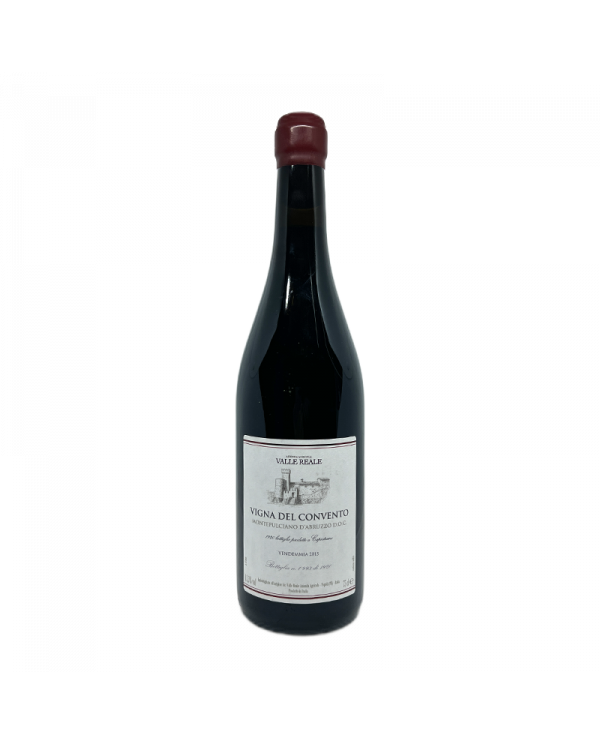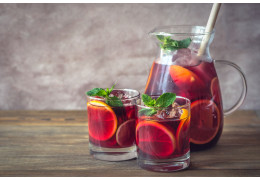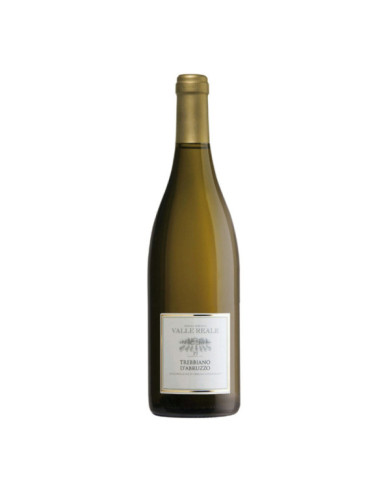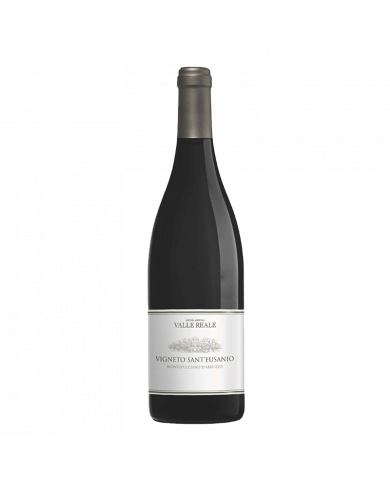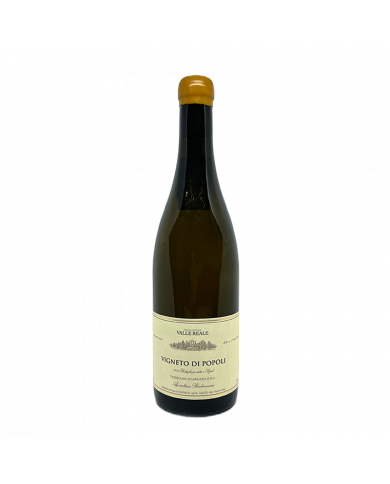THE BEST ITALIAN RED WINES
In this section of our online wine shop Clickwine you can find the best Italian and foreign reds for sale, ideal for accompanying everyday dinners or important events with style and elegance. Clickwine has selected the most famous reds on the wine scene including the best denominations as well as some niche products and some wines from Abruzzo that will amaze the most curious enthusiasts. Among the best wines, the red wines of Abruzzo cannot be missing.
One of the best Italian wines is undoubtedly Montepulciano d'Abruzzo DOC, which is one of the best known Italian red wines in the United States.
Montepulciano is the most widespread red grape variety in the Marches and Abruzzo, where rich and expressive red wines are born, ideal for sharing with those who love tasty home cooking, and it is also perfect for a barbecue with friends.
THE PRODUCTION OF RED WINE
The red wine is obtained from red berried grapes, thanks to a production process which takes the name of "vinification in red". This process involves the contact between marcs (husks and seed residues) and wort during the fermentation phase
One of the first steps in the production of a red wine consists in choosing the harvest period. The grapes are harvested when the sugar level reached is what the winemaker deems necessary to produce the desired alcohol content.
After harvesting, the bunches arrive in the cellar where the stalk is removed (stemming) before the grapes are pressed to obtain the must.
Maceration causes the release of polyphenols from the skins and in particular anthocyanins, from which derives the red color of the must. The tannins, on the other hand, derive from the grape seeds. The duration of the maceration is about 10-15 days.
In the meantime the alcoholic fermentation starts, triggered by the yeasts present in the skins or by added yeasts. This natural process is favored by an increase in temperature, which however must be kept between 25 and 30°C in order not to affect the quality of the wine.
During this process it is possible that the pomace forms a surface layer which, by preventing contact with the liquid part, could lead to the development of acetic acid. However, various techniques are available to winemakers to remedy this problem.
After alcoholic fermentation, malolactic fermentation takes place, i.e. the transformation of malic acid into lactic acid. It is an essential moment for the vinification of red wines because it increases their softness and smoothes out their sharp edges and hardness.
The must has now been transformed into wine, but racking is therefore necessary, i.e. the elimination of residues, to be carried out by filtration or static settling. This last method, less invasive, consists in lowering the temperature in the tanks so that the substances to be eliminated settle on the bottom.
Once "cleaned", the wine is ready for refinement, lwhose minimum duration is established by the DOC regulations, which can take place in steel, in cement tanks, in large capacity barrels or in small barrels or barriques. At the end of the maturation phase, the bottling takes place: the wine begins its refinement in the bottle and, after another possible rest in the cellar, it is put on the market.
RED WINE: PROPERTIES AND BENEFITS
Is red wine good for health? Many people ask themselves this question to which the numerous studies have not yet given a definitive answer. Many studies affirm some properties, others deny it. Below we list the most widespread beliefs about the properties and benefits of red wine, which, as mentioned, are not certified by the medical community in an absolute sense. You can believe it or not.
- Natural antioxidant: the polyphenols contained in red wine are antioxidant substances that would slow down the aging of some cells
- Promotes digestion: would protect the intestinal flora
- Increase endorphins: in small doses it helps the brain release endorphins and would make us feel more relaxed
- Prevents cardiovascular diseases: thanks to the resveratrol which would promote blood circulation
- Many authoritative studies state that the substances contained in red wine have these properties and benefits, but are present in such small doses that they are absolutely irrelevant for the body.
HOW MUCH DOES RED WINE COST?
The prices of red wines can fluctuate based on various factors, including the value of the bottle, the production area and the demand. The online wine shop Clickwine offers a wide selection of Italian red wine offerings. Our online wine shop offers alongside the most famous names, also cheaper labels suitable to accompany everyday life. Fromforget about running from one shop to another, but save time for the really important things: enjoying an excellent glass of red wine. Scroll through our products to find the best red wines at the best price.
PAIRINGS WITH RED WINE
Browsing the individual product sheets in our online wine shop, you will discover the suggested pairings for each red wine: white and red meats, game, braised meats, grilled meats, risottos, traditional Italian first courses but also cold cuts and cheeses, vegetables, sauces and structured dishes .
How should a good red wine be?
A good red wine should be balanced, with good acidity and a tannic structure that makes it soft and pleasant to drink. It should also have an intense and complex bouquet, with hints of ripe fruit, spices, wood and other aromas. Additionally, the wine should be well aged, with good aging potential making it suitable for storage for several years. All of this naturally depends on the type of grape and the terroir the wine comes from, so each red wine will be one of a kind.
How long can a red wine stand?
The shelf life of a red wine depends on several factors, such as the type of grape used, the production method and the acidity level of the wine. In general, younger red wines can be consumed within one or two years of harvesting, whereas high quality red wines can be kept for several years, even up to 10 or 15 years or more, depending on their characteristics. However, it is important to note that red wines tend to change over time, developing new aromas and nuances of taste, therefore it is always advisable to taste the wine before consuming it to make sure it is still in good condition.
How can it be red wine?
Red wines can be very different from each other, according to the type of grape used, the production method and the terroir they come from. In general, red wines can be described as intense, complex and structured, with aromas of ripe fruit, spices, wood and other flavors which vary according to the characteristics of the wine. They can be dry or sweet, light or full-bodied, with an alcohol content that can range from low to high. Furthermore, red wines can be served at different temperatures, depending on their type and personal preferences. In any case, a good red wine should be balanced and pleasant to drink.
Why can't red wine be refrigerated?
Red wine should not be refrigerated because too cold a temperature can alter its taste and bouquet. Red wines should be stored in a cool, dark place, with a temperature of around 12-15°C. If the wine is refrigerated, it can lose part of its organoleptic characteristics and become more insipid and less complex. Also, the cold can bring out the acidity of the wine too much, making it less pleasant to drink. So, to best preserve red wine, it's best to keep it out of the fridge.
Why is drinking red wine good for you?
Drinking red wine is good for you because it contains substances beneficial to health, such as polyphenols, which have antioxidant properties and can help protect the body from oxidative stress. Additionally, red wine contains resveratrol, a substance that may help reduce the risk of cardiovascular disease and some types of cancer. However, it is important to remember the consumption of red wine should always be done in moderation, to avoid negative effects on health. Excessive alcohol consumption can increase the risk of addiction, liver damage and other complications.
Who can't drink wine?
There are some people who shouldn't drink wine, or who should limit their alcohol consumption in general. These include:
- Women who are pregnant or breastfeeding, as alcohol can pass through the placenta and into breast milk, endangering the health of the fetus or newborn.
- People who suffer from alcohol addiction or who have problems with alcoholism, because the consumption of wine can worsen their state of health.
- People taking medications that can interact with alcohol, such as antidepressants, pain relievers, or heart medications, because alcohol can increase the side effects of medications.
- People who have health problems, such as liver disease or gastritis, because alcohol can worsen symptoms and aggravate health conditions.
In any case, it is always advisable to seek advice from your doctor or pharmacist before consuming wine or other alcohol.
Why does red wine make you sleepy?
Red wine can cause drowsiness because it contains alcohol, which is a substance that can act as a natural sedative. Alcohol can in fact increase the production of serotonin, a neurotransmitter that can induce a state of relaxation and promote sleep. However, excessive alcohol consumption can also cause disturbed and unrefreshing sleep, so it's important to drink red wine in moderation to avoid these negative effects. Additionally, red wine can cause drowsiness for other reasons as well, such as fatigue or digestion, so it's always best to listen to your body and not drink too much wine if you want to maintain healthy, restful sleep.
What happens if you drink wine every day?
Drinking wine every day can pose some health risks, such as an increased risk of alcohol dependence and liver damage. Alcohol can cause fat to build up in the liver, which can lead to fatty liver disease, a benign condition that can be reversible if you stop drinking. If, on the other hand, you continue to drink, steatosis can evolve into steatohepatitis, a more serious condition that can lead to cirrhosis of the liver and even more serious complications. In addition, excessive alcohol consumption can increase the risk of cardiovascular disease, cancer and other diseases. Therefore, it is important to drink wine in moderation and not every day, to avoid these health risks.

